Every May for 12 years I've towed my Airstream across the Plains states, watching for hail. And every time I make that trip I wonder if this might be the year my luck runs out.
Severe hail is one of the most dreadful things that can happen to an Airstream. Aluminum is much softer than the steel that makes up most of your truck. Severe hail can quickly turn it from beautiful to blemished in a few minutes.
The good news is that this is a rare occurrence, and there are ways you can reduce your risk.
Know the type of weather to avoid
Hail always results from thunderstorms. Not all thunderstorms are strong enough to create hail, but as you're traveling you should stay aware of severe weather that may be emerging along your route.
That means checking the weather report every day before you start towing, particularly in the summer when thunderstorms are most prevalent.
- Look at the weather maps or radar to see if large "fronts" are moving through your area. On a weather map, fronts are depicted with blue or red lines. Fronts are areas where cold air meets warm air, and that's where thunderstorms are likely to form.
- Be extra cautious on hot, humid days. Those are ideal conditions for thunderstorm formation.
- Tornado warnings are a major red flag since tornadoes are spawned from the same severe thunderstorms that produce hail.
- If the weather report mentions "strong frontal activity," a "rapidly moving front," or "chance of severe weather" you need to pay close attention. The phrase "severe weather" almost always means thunderstorms.
Keep in mind that weather maps generally show forecast weather (what's expected to happen in the future) while live radar shows current weather (what's happened in the last few minutes). Make sure you know what you're looking at so you can understand what's happening versus what's expected to happen.
I strongly recommend having weather apps on your phone or tablet, for use while towing. There are many that show live radar, and those are particularly useful for tracking nearby storms as you go.
Be alert for thunderstorm activity no matter where you are or what time of year you're traveling
The risk is definitely highest at certain times and places. For example, the Plains states are notorious for thunderstorms in the summer (which is part of the reason they have so many tornados).
You're less likely to encounter severe thunderstorms in the early morning, and most likely to hit them in the afternoon and early evening, so getting an early start on your towing day helps.
But thunderstorms can happen anywhere and at any time. It's important to take heed of what weather forecasters say, even during the "off" season.
For instance, you might think that when traveling through desert, or during winter months, it would be too dry or cold for severe thunderstorms. Not true. One sunny December day near Sonoita, AZ while I was stopped for lunch, a surprise thunderstorm dropped golf ball-sized hail on my car. Cost to repair the damage: $8,000. If I'd been towing my Airstream that day, the expense would have been much more.
Consider alternates when the weather looks risky
If you think the risk of thunderstorms along your route is high, make a different plan for the day.
I never hesitate to re-route to avoid possible severe weather, even if it adds many miles to a cross-country trip. Once, on a trip from Austin TX to Jackson Center OH, I detoured via New Orleans to avoid major thunderstorms. It added 200 miles but was definitely worth it—and, I got a nice evening in the French Quarter as a bonus.
So, if the weather forecast is ominous, stay put for an extra day, tow a shorter distance, or change your route. The only wrong decision would be to knowingly plow ahead into an area of volatile weather.
Don't fear all hail
Even though the Airstream aluminum is soft, you don't need to worry about hail smaller than a US nickel—it’ll just bounce off. It may be scary to watch small hail hitting your Airstream, but in nearly all cases it will be OK. It's typically when the hail gets to about the size of a US quarter that dings start to show up on the exterior.
However, this assumes you do the smart thing and stop driving when hail arrives. If you are towing at 65 MPH down the highway, the added velocity of your Airstream meeting the hail will make things much worse, and even small hail might leave marks.
Part of the reason for this has to do with the way an Airstream is made. The curved sections of aluminum are more susceptible to hail damage, because those are softer aluminum intended to be stretch-formed into curved pieces. As a result they get dimpled first, as you can see in this picture.

Look for emergency shelters
The best option is always to be off the road before a thunderstorm hits. Sometimes people are reluctant to do this because they don't want to stop, but keep in mind that the dangerous part of a single thunderstorm can pass over in as little as 20-40 minutes. Don't think of this as an inconvenience, think of it as a chance to avoid a disaster.
If you do get caught in hail, look for any type of shelter nearby. Gas stations with tall canopies, big-box home improvement stores like Lowe’s and Home Depot, and Interstate highway overpasses (as long as you can safely pull off the road and not block traffic) can all work. The challenge here is that you'll be lucky to get one of those spots. Everyone else wants shelter too.
Parking under a large tree might help but you run the risk of branches falling on the Airstream instead, which could be worse.
What if you have no option to pull under an overpass or other shelter? Stop your rig and wait it out, or drive slowly to a safer spot.
If you have to make a choice between protecting the Airstream or protecting your tow vehicle, keep in mind that your car or truck is made of steel and can resist the impact of hail better. However, if the hail is so large that it might smash through the windshield glass, there’s no question: protect yourself and your family first, and remember that the Airstream can be replaced.
Don't worry about the solar panels
Rigid rooftop solar panels are always viewed as very susceptible to hail damage because they are made of glass, but the glass is actually very tough. It’s tempered and typically capable of resisting hail one inch in diameter without any damage. The Airstream’s aluminum roof might show dimpling long before the solar panel glass breaks, so don’t worry about the panels.
If the worst happens ...
There's no question that repairing hail damage is expensive. The curved aluminum segments must be ordered from Airstream and they can be labor-intensive to replace due to the need to remove and replace hundreds of rivets as well as windows and other exterior parts. You'll be looking at a hefty insurance claim.
There is more than one way to repair hail damage, so talk to Airstream factory representatives or a trusted Airstream service center before approving a fix. There are no shortcuts to a good repair, so be wary of anyone who offers to fix it “cheap,” but you can save a little money and time by making good choices.
And since hail damage is almost always "cosmetic" (meaning it doesn't affect the use of the Airstream) your insurance company may give you the option to take the damage settlement and not repair the trailer. Just remember that the Airstream might be branded with a “salvage” title forever. Even if it isn’t, the resale value of any Airstream with noticeable hail damage is always reduced.
As you travel you’ll eventually see Airstreams with unrepaired dimples from hail. Some owners keep them as a sort of “battle scar,” wearing the damage with pride, while others have bought hail-dimpled Airstreams inexpensively on the used market.
Travel wisely and confidently
I'll be crossing the country again this July, this time from Wyoming to Tennessee and then up to New England. As always, my weather apps will be at the ready, and my eyes will scanning the skies. If the weather becomes too volatile, we plan to detour or sit tight.
Even though hail is scary, don't let fear of this relatively rare event overshadow your good times. Just being aware and taking these few sensible steps will greatly reduce your risk.


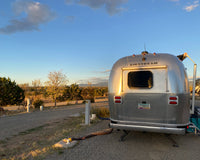
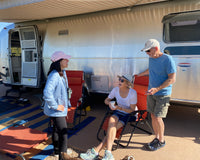
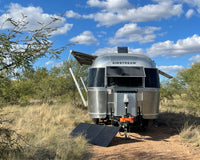
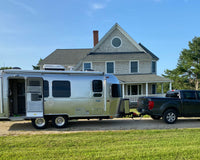
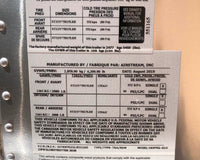
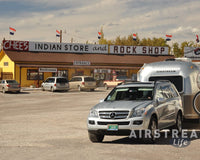

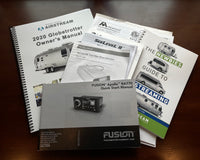
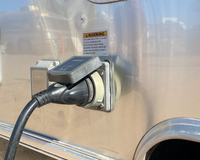
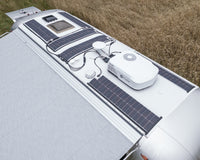
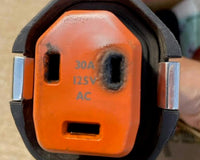



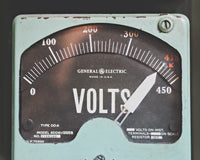


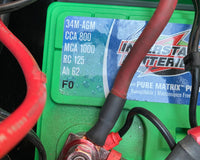
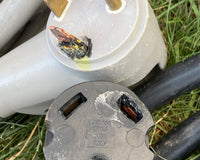
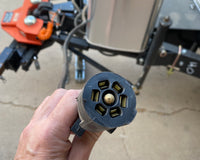
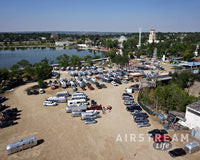
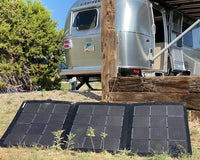
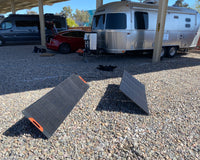
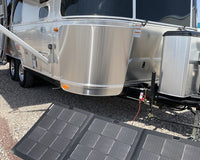

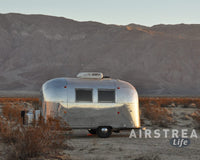
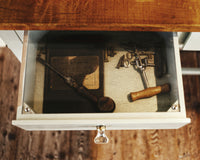
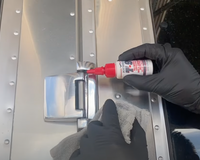
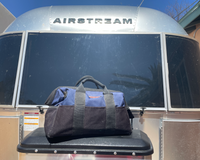

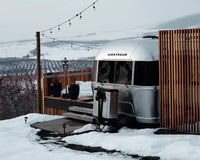

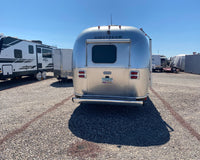
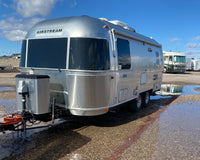


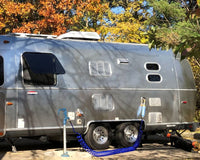
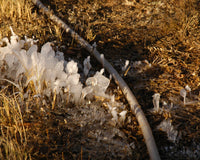
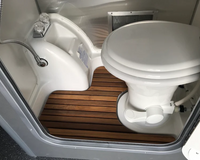

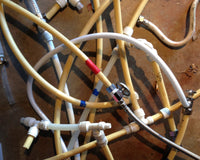
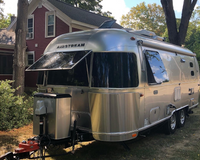
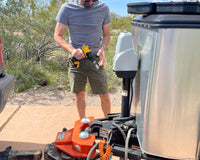
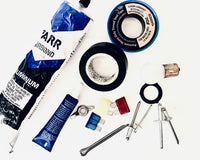
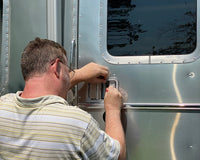
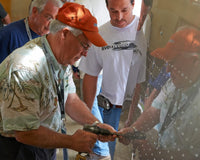
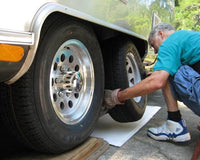

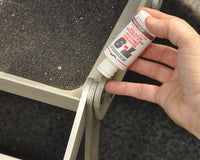
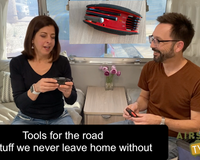
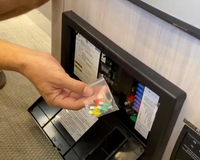

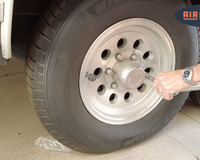
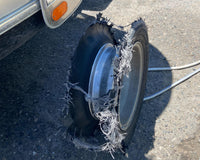
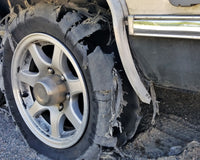
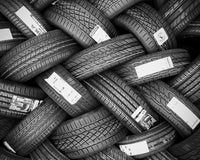
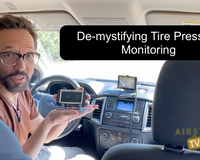
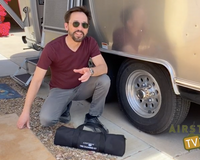

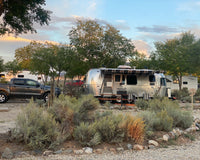
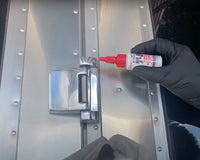

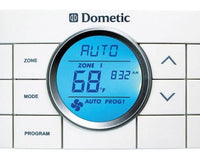
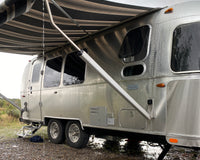
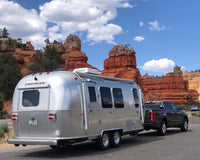
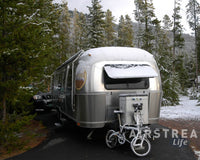
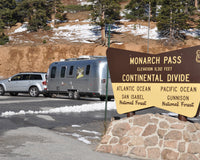
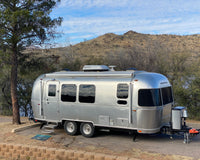
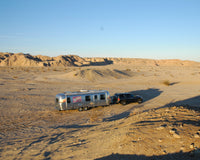


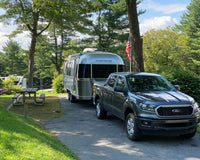
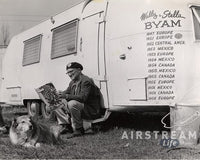
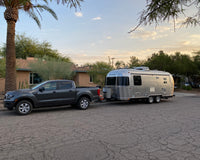
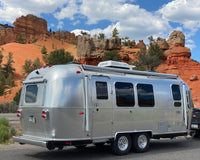
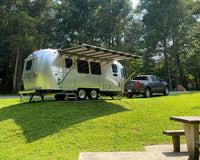
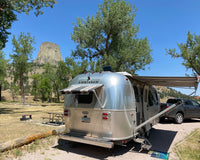
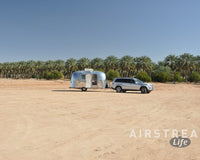
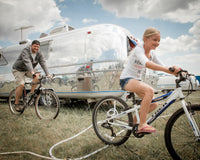

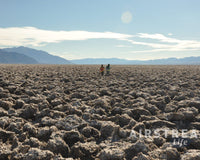
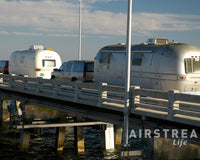
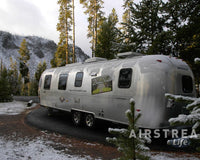
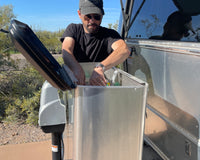
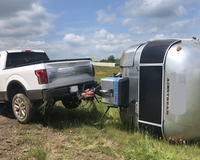
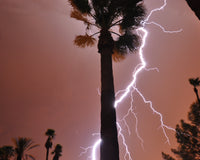
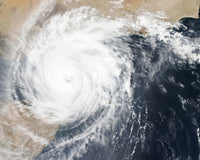
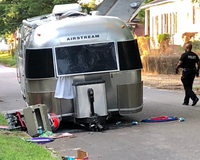

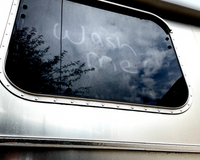
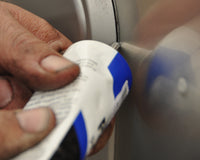
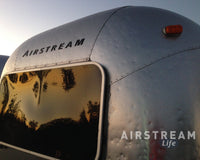

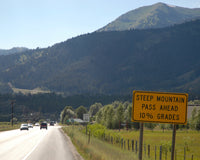
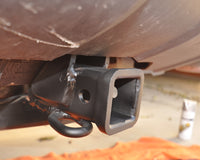
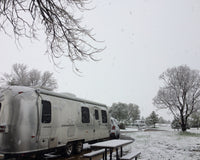
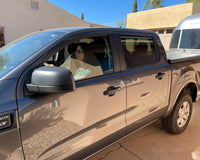
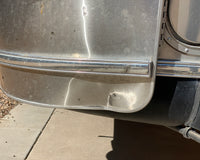

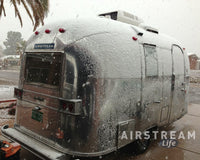
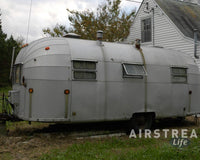
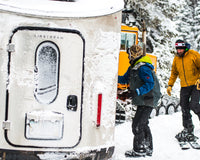
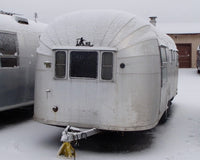
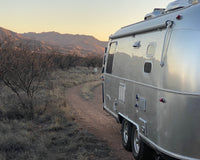
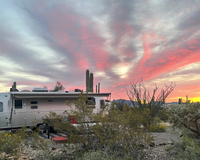
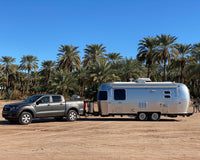

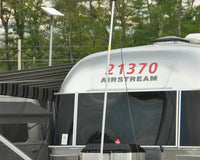
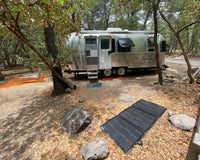




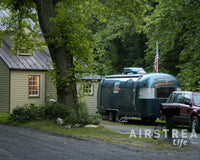

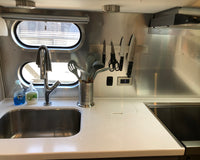

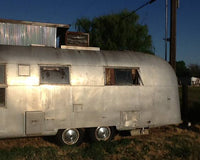
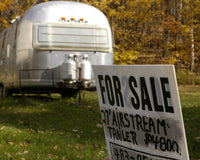
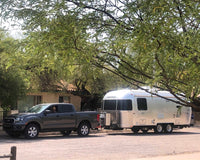
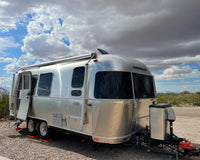

6 comments
Daniel P Schachtman
Thanks for this heads up. Never thought too much about hail when traveling and therefore appreciated the ideas on how to avoid it!
Tylin
Great advice and perspective in this blog post. Thank you!
Vera
Great advice! Well-worth the read to prepare and stay on the safe side of travel. Thank you!
Michael
Another emergency shelter is a “do it yourself” car wash. They have “saved” me more than once.
Stewart Munsee
My silver bullet was severely damaged by hail while we were away on a medical trip to San Diego. We had an insurance estimate of $13,000 but couldn’t deal with the medical issue and hail issue at the same time. When we got home (Redding, Ca) it was blazing hot and lo and behold 90% of the hail damage had popped back out. I really didn’t want to go through with deconstruction/reconstruction of my Flying Cloud. Now the damage is barely noticeable.
Donald Wright
I wish there was a stainless steel net of thin wires we could install over the roof of our airstream trailers. Let the hail bounce off !